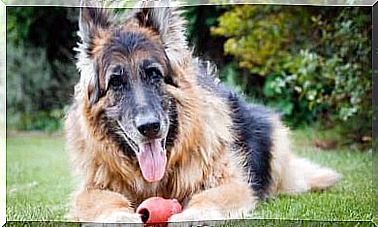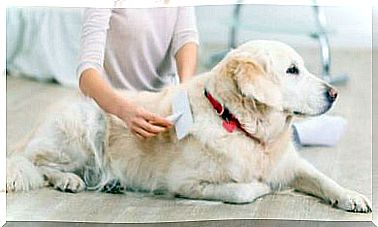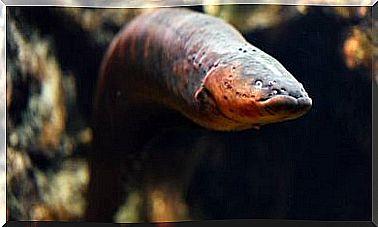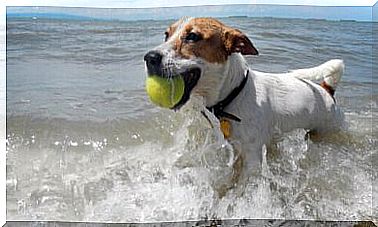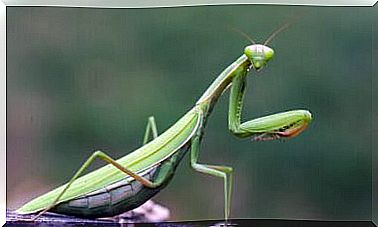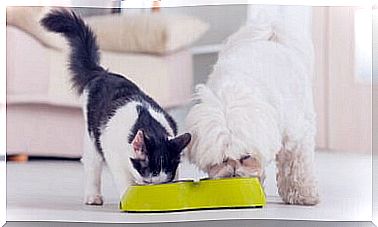Protecting Livestock From Predators
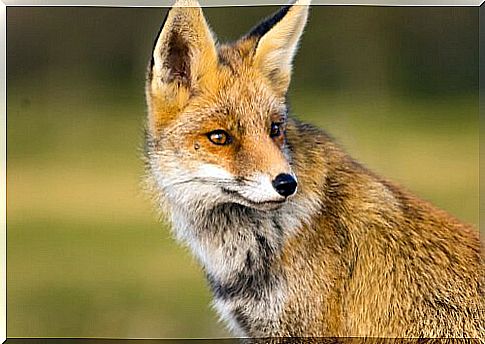
Professional breeders, but also beginners, need to understand that the safety of their livestock is a priority. In addition to taking care of their nutrition, hygiene and resorting to preventive medicine, it is important to know how to protect livestock from possible threats and predators.
Possible threats and security methods
When you choose to raise livestock, coexistence with wild species becomes a reality. Some of them, such as foxes and wolves, are natural predators of cows and sheep.
The breeder will also have to deal with possible attempts at theft, infestation or epidemic. Not to mention the possible pathologies deriving from hygiene and deficient preventive medicine. All of this highlights the need to opt for efficient methods to keep livestock safe and healthy.
However, it is essential to emphasize that such security methods must be feasible and sustainable. We cannot jeopardize the balance of the ecosystem by hunting native animals.
Furthermore, the safety system must not negatively affect the benefits of the manufacturer. Here are some efficient alternatives to properly protect your livestock.
Preference for native breeds
When we talk about livestock protection, we almost immediately think of natural predators. However, adaptation problems to climate change and geography can also threaten livestock health. In these cases the simplest and most efficient safety measure is to opt for native breeds.
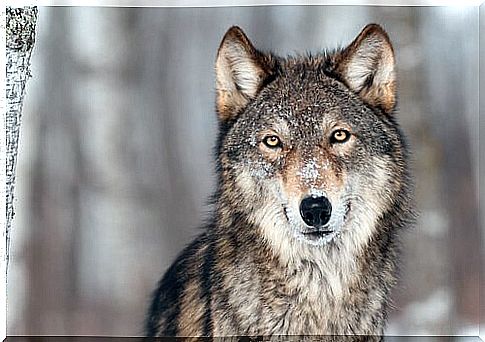
In addition to favoring their adaptation, we guarantee an excellent use of the natural resources available in the lands of origin. Furthermore, such species usually defend their young from predators more effectively.
Adequate preventive medicine for livestock
The mistaken belief that farm animals ‘grow alone’ can be fatal. Although cattle are inherently resistant, they can be threatened by infections of internal and external parasites.
The disease threatens not only the farmer benefits, but also the health of the animals and those who consume the meat.
Adequate preventive medicine for livestock must be very strict with vaccines and periodic deparasitation, as well as with visits from specialized veterinarians. It also provides for a balanced diet, mandatory hydration and the possible application of antibiotics.
How to protect livestock: permanent supervision
One of the indirect causes of livestock mortality is the lack of vigilance in the soil. The inadequate control favors the invasion of predators, possible thefts and is not even effective in controlling the health of livestock.
Another bad safety measure is the failure to collect the remains of calving or dead animals. These residues favor the proliferation of pathogenic microorganisms and attract predators.
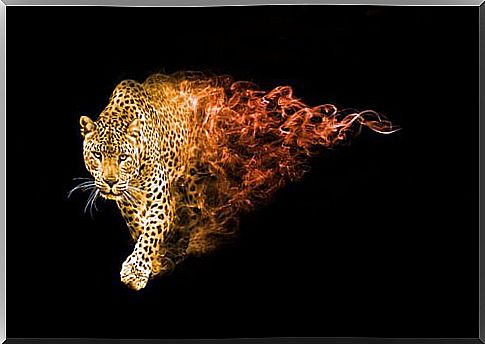
All of this leads us to the conclusion that constant vigilance, day and night, is a fundamental requirement for keeping livestock safe.
The importance of fencing and housing
Night surveillance is not enough to protect livestock as night falls. To ensure his safety, we must place him overnight in appropriate shelters.
Furthermore, fencing is a tradition in breeding but it is not always packaged to prevent attacks by predators. Many animals are able to climb over the fences, made only horizontally, in a simple way.
To have a better fencing, we recommend that you prefer the more modern techniques, such as the British Fladry (or ‘barbican’ in the United States). It is a rope that contains strong pieces of fabric in bright colors and plastic. Colors, reflections and movement help confuse and scare off natural predators.
How to protect your livestock: guard dogs
If we talk about tradition, certainly the use of guard dogs is among the best safety measures. Sheepdogs have accompanied humanity in the development of agricultural activity. And, to this day, they are faithful companions who demonstrate an insatiable willingness to work alongside men in the countryside.
A guard dog must be trained and be physically and emotionally prepared to protect himself and his territory. Furthermore, it is essential to calculate the appropriate number of dogs depending on the extent of the land, the quantity of livestock and the presence of predators.
To learn more about how to protect livestock, it is essential to study new defense techniques in the field.
